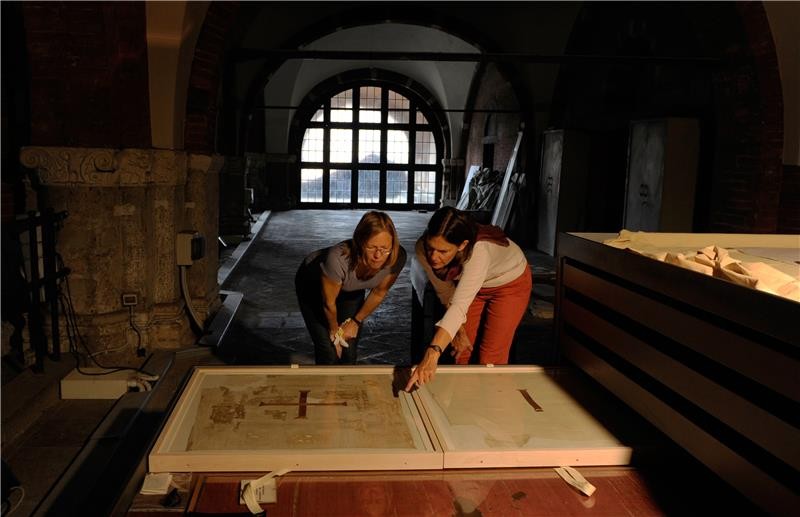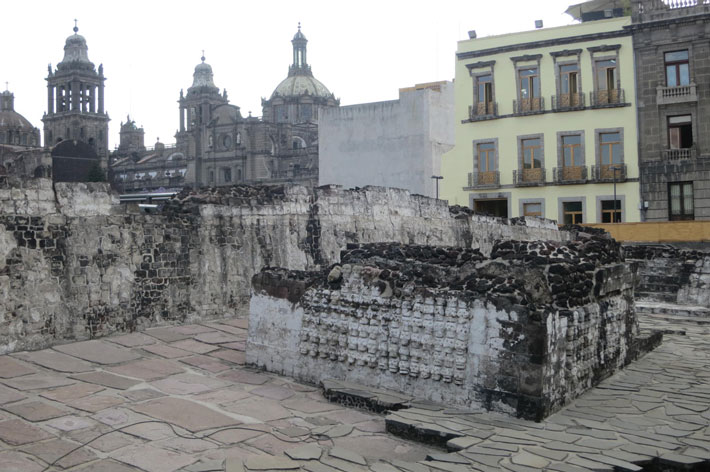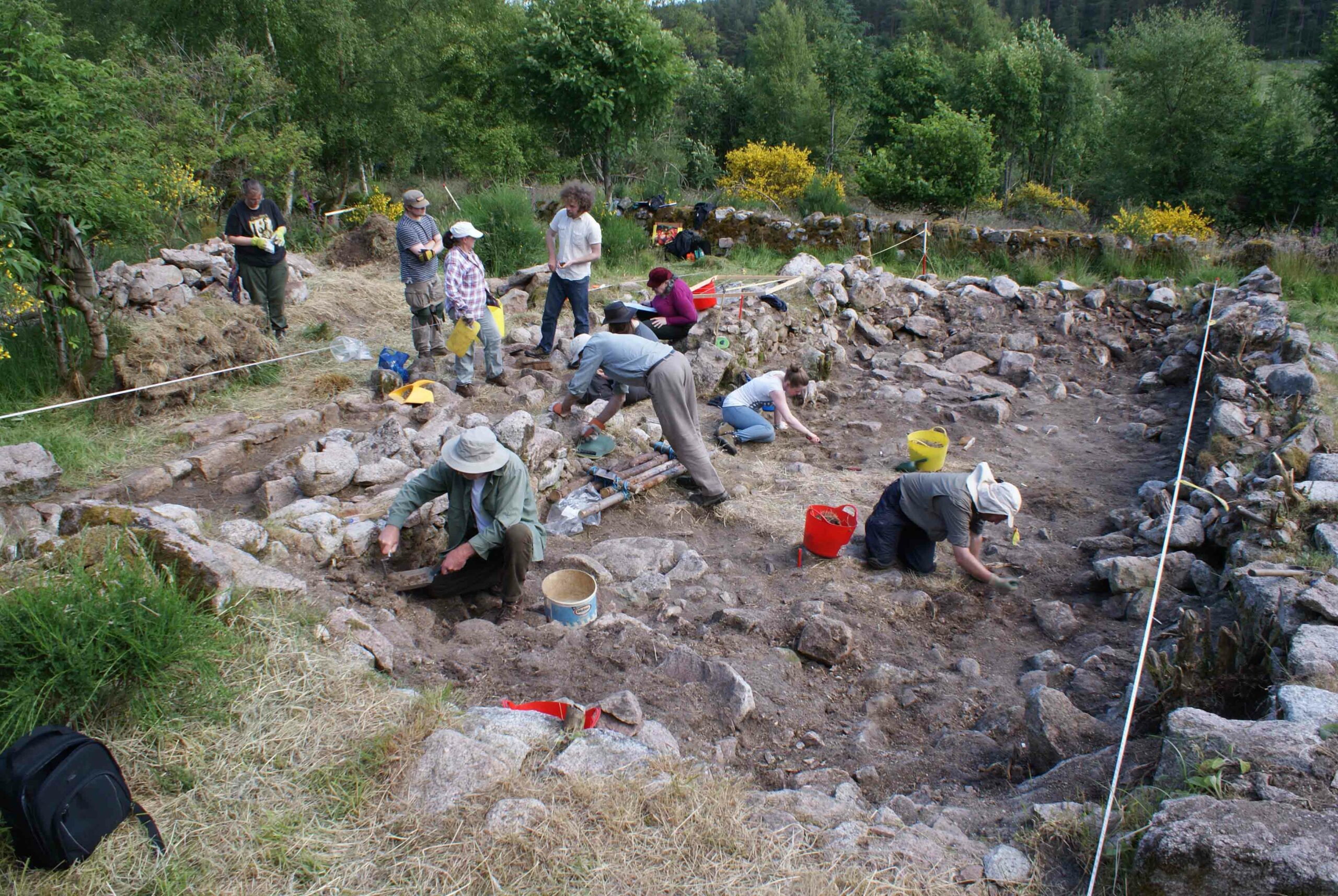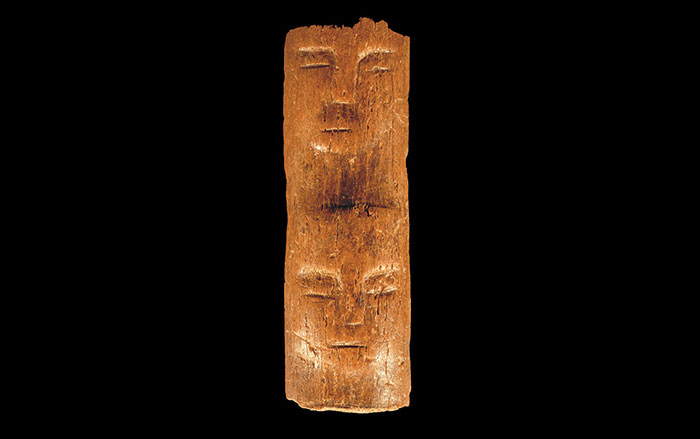
BONN, GERMANY—Archaeologist Sabine Schrenk of the University of Bonn, and Cologne textile restorer Ulrike Reichert, are working together to clean silk tunics housed at the Basilica of Sant-Ambrogio in Milan. Most recently, the garments had been kept between heavy glass plates that contributed to their deterioration, and a careful cleaning is required to preserve them. The tunics are ascribed to St. Ambrose, a fourth century bishop of the emperor’s residence of Milan, who is honored as a doctor of the Christian church. According to Schrenk, the tunics have not been proven to date to the fourth century, but she doesn’t think that they could have been made much later. One of the tunics is decorated with intricate depictions of hunting scenes with trees and leopards. “These pieces were revered as the tunics of St. Ambrose probably by the eleventh century,” she told Science Daily. Schrenk thinks that such silks may have been produced in Milan in the fourth century with thread from China. “Milan at the time, being the emperor’s residence, had access to ample patronage, and used silk in grand fashion. I would be very surprised if there had not been silk workshops there at the time,” she added.










